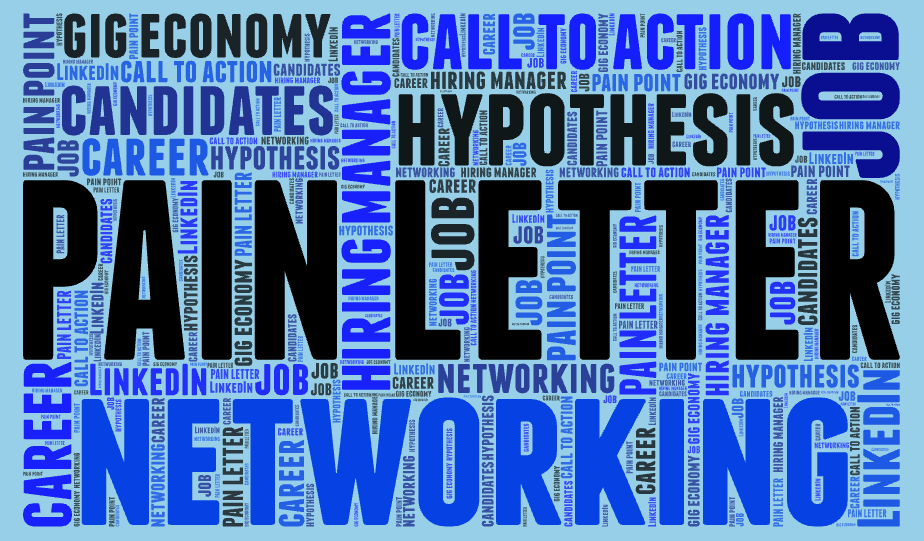In a gig economy and during a time when job hopping is common, we will often compete with other candidates for a position. A pain letter is a way to stand out in a sea of resumes and cover letters.
According to Forbes, a pain letter is like a cover letter, but it is much more powerful. It focuses on the challenges and needs of the employer as opposed to focusing on your achievements.
Candidates identify an area they think the company might need to improve. This is often a pain point that a company may encounter by having an open position for too long or by not filling a role they have yet to create.
More than ever, artificial intelligence is a major part of recruitment. Tons of candidates go unseen if certain keywords are not listed on their application, as a way to weed out anyone who does not have the experience listed on the job post.
Based on Aptitude Research conducted in 2022, 63% of companies are investing or planning to invest in AI solutions this year compared to 42% in 2020. Companies are looking for ways to improve overall efficiency, lift the administrative burden and create a simpler process for recruiters and candidates.
You can have the best resume and references, but what good is it if the hiring manager never physically reads your application? If you can avoid sending your pain letter through a popular job search site, you will have better luck getting a response back.
As stated by Indeed, there are five basic steps to complete a pain letter: identify the hiring manager, develop a hypothesis, show you know the company, provide a personal experience and add a call to action.
Just as you would with any job application, make sure to follow up. As someone who used this approach to land a position in the entertainment industry, I followed up nine times within three months before I received a response to meet in person.
Within a year at 1AM Creative, I became a tour manager for an artist who is signed to GOOD Music. Being persistent and thinking outside the box can get you far.
Nine emails may be excessive for some, but I never received a “no,” which is why I continued to reach out. Always be professional when sending follow-up emails.
A pain letter is not always the best approach, but knowing what it is and when it would be beneficial to use it is invaluable.




